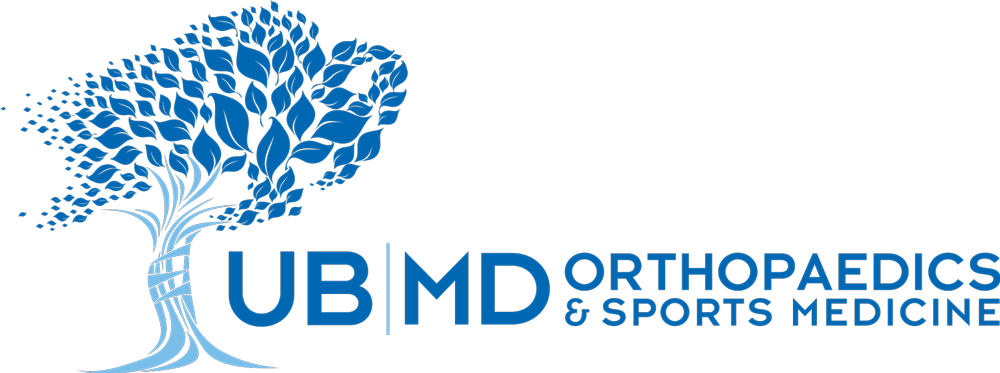A lot of people have experienced an elbow injury in some way. You may have smacked your “funny bone” at the back of your elbow, producing a shooting numbness and a rush of pain. Perhaps your elbow has become sore following some activity. Elbow injuries may involve symptoms including pain, swelling, numbness, tingling, weakness or reduced range of motion.
The elbow is a complex joint containing cartilage, ligament, fluid, muscles, tendons and bone. Because of the variety of movements performed by the elbow, it can be difficult to identify what is leading to pain and at what point this pain is an indication of severe injury.
What Does Elbow Pain Feel Like?
Not all pain is identical – the whereabouts, seriousness and kind of pain is symptomatic of various injuries and illnesses.
The feeling of elbow pain can be explained as burning, pounding, aching, sharp or cutting. Certain patients learn that elbow pain is more acute after specific movements or at specific times during the day – like as soon as they rise in the morning. Pain may be limited close to the elbow joint or radiate away through the arm.
Causes of Elbow Pain
Everyday causes of elbow pain fall under three broad categories: overuse injuries, traumatic injuries and disease. These include:
- Bone fractures
- Bursitis
- Osteoarthritis
- Rheumatoid arthritis
- Sprains
- Strains
- Stress fractures
- Tendonitis
That said, the most common source of elbow pain is overuse. A variety of occupations, sports, hobbies and workouts call for repetitive motions of the hand, wrist or arm that can bring about an assortment of overuse injuries.
Painters, plumbers, cooks, musicians, or anyone whose occupation involves repetitive movements of the hand, wrist or arm can be subject to elbow pain. Similarly, elbow pain is normal in people who frequently lift weights or move and lift objects as part of their line of work.
Signs of a Serious Elbow Injury
Pain doesn’t necessarily mean that serious damage has taken place to the elbow. However, when pain continues for more than a few days to weeks following an injury, it deserves added attention to make sure things are healing as intended.
Elbow pain may merit a visit to a healthcare provider and/or physical therapist if it:
- Restricts routine activities
- Hangs on past a realistic amount of time (this will differ from person to person, but 10 days maximum is a good guide.)
- Is accompanied by bruising and/or swelling
- Is related with a prior injury or apparent deformity
- Is accompanied by fever and/or chills
- Harms your range of motion
- Affects your dispositions and mental well-being
If you have been handling your elbow pain with rest, heat, ice and over-the-counter remedies and it doesn’t appear to be getting better in a sufficient time period, make an appointment to get it examined.
How to Manage an Elbow Injury at Home
Often, elbow pain is not severe enough to call for a trip to the ER and can be cared for at home. If you’re handling an elbow injury at home, be sure your elbow is secure from additional injury. Then, employ RICE, a common technique for remedying minor sports injuries at home:
REST: Be sure to stop performing the activity that led to the injury.
ICE: Three times a day, ice the injured area for around 20 minutes.
COMPRESSION: Wrap the injury or apply a compression bandage to relieve any swelling of the elbow.
ELEVATION: Elevation will assist in reducing any swelling as well. Keep the elbow elevated, throughout the day, if possible.
Elbow Injury? Contact UBMD Orthopaedics & Sports Medicine Today.
At UBMD Orthopaedics & Sports Medicine, our board-certified physicians are specialists in both operative and non-operative therapies for elbow conditions. They will tailor a unique plan to meet your particular needs.
It all begins with an exam and diagnostic testing, which may involve X-rays or other tests. Once your physician has the most comprehensive picture feasible, they will devise a wide-ranging plan to help you regain a complete range of motion, reduce or eliminate pain and allow you to return to your routine activities. Contact now to schedule an appointment.
Our Expert Elbow Team
Surgical
Robert H. Ablove, MD
Geoffrey A. Bernas, MD
Leslie J. Bisson, MD
Matthew J. DiPaola, MD
Thomas R. Duquin, MD
Marc S. Fineberg, MD
Joshua L. Jones, MD
Michael A. Rauh, MD
William M. Wind, Jr., MD
Non-Surgical
Michael S. Freitas, MD
Jesse G. Fodero III, MD
Rajiv K. Jain, MD
Jorden T. Komm, MD
Robert J. Smolinski, MD
Philip M. Stegemann, MD
Heidi N. Suffoletto, MD, FACEP
